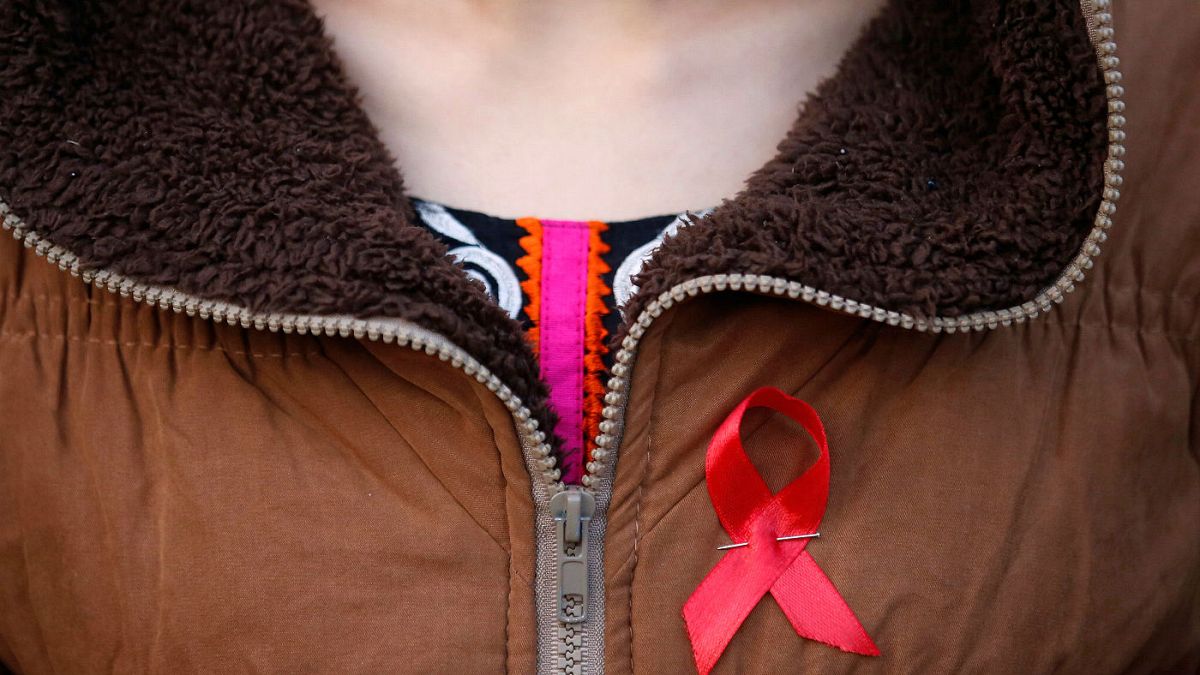Being diagnosed with HIV today means something very different than it did 20 or 30 years ago.
HIV is no longer a death sentence. However, people’s attitudes can make living with HIV extremely hard. Some things from the 1980s and 1990s are worth revisiting, but HIV stigma isn’t one of them.
Since the start of the epidemic, 78 million people have become infected with HIV and 35 million people have died from AIDS-related illnesses (until the end of 2015). In 2015 there were 2.1 million new HIV infections worldwide, adding up to a total of 36.7 million people living with HIV. The number of HIV-infected people receiving therapy has increased by about a third, reaching 17 million people (46% of infected people) — two million more than the UN General Assembly’s 2015 target. The WHO’s ambitious target is to eradicate AIDS by 2030.
Young people, particularly girls are at highest risk. #HIVselftest is a new way to help more young people #Test4HIVhttps://t.co/8m5mYGfjrHpic.twitter.com/2oGRidKCEX
— WHO African Region (@WHOAFRO) 30 novembre 2016
But in the meantime, many people are still not being reached. Young people and adolescents, especially young women and girls, are still being left behind in the AIDS response. Adolescent girls and young women between 15–24 years old are at higher risk of HIV infection globally. In sub-Saharan Africa, adolescent girls and young women account for 25% of new HIV infections among adults. A lack of sufficient HIV diagnosis is a major obstacle on the path to eliminating the disease: more than 18 million people with HIV are currently taking antiretroviral therapy (ART), but a similar number is still unable to access treatment, the majority of whom are unaware of their HIV positive status. HIV self-testing should open the door for many more people to know their HIV status and find out how to get treatment and access prevention services.
World AIDS Day, designated on 1 December every year since 1988, is dedicated to raising awareness of the AIDS pandemic caused by the spread of HIV infection, and mourning those who have died of the disease.
FACTS
1. ARE HIV AND AIDS THE SAME THING?
No. When someone is described as living with HIV, they have the HIV virus in their body. A person is considered to have developed AIDS when the immune system is so weak it can no longer fight off a range of diseases with which it would normally cope.2. WILL HIV DEFINITELY BE PASSED ON DURING SEX BETWEEN AN HIV POSITIVE AND AN HIV NEGATIVE PERSON?
During sex, it is not an automatic consequence that HIV will be transmitted. Compared with some other infectious diseases, risk of HIV infection from a single act of sex is usually low. There are other factors which can increase and reduce the risk of HIV transmission, and if someone living with HIV is on effective treatment, with an undetectable viral load, there is no risk of them passing on HIV. However a condom is still the safest and easiest way to prevent transmission.3. CAN YOU GET HIV FROM ORAL SEX?
The risk of HIV transmission from performing oral sex is low but it can still happen. It is best to avoid giving oral sex if you have cuts or sores in your mouth or bleeding gums, as this increases the risk of HIV entering your body.
Men account for only 30% of people who have tested for #HIVhttps://t.co/GROCuZtTmBpic.twitter.com/Er8NkoYgxk
— WHO (@WHO) 30 novembre 2016
MYTHS:
1. ONLY GAY MEN GET HIV
Gay men are particularly affected by HIV as a group but HIV can still affect anyone and there are many heterosexuals living with HIV. The majority of new HIV diagnoses in 2010 were acquired heterosexually. Anyone who has sex without a condom or shares needles when injecting drugs is at risk of HIV.2. YOU CAN GET HIV FROM SOMEONE WHO SPITS AT YOU OR BITES YOU
There is no risk of HIV infection from spitting and the risk of infection from biting is negligible. With over 60 million people infected with HIV worldwide over 25 years, there have only ever been four possible reports of HIV being transmitted through biting, all of which occurred in extremely specific and unusual circumstances.3. YOU CAN GET HIV IF YOU STAND ON OR PICK UP A USED NEEDLE
There has never been a case of HIV infection from picking up or standing on a used needle in the UK. There have only ever been five cases of HIV infection from being pricked with a needle, and these all occurred in healthcare settings and there have been none since 1999. HIV is a very fragile virus that does not survive for long when exposed to the environment.4. HIV CAN BE PASSED ON THROUGH SHARING RAZORS OR TOOTHBRUSHES
HIV cannot be passed on by sharing razors or toothbrushes, even if you are sharing with an HIV positive person. However, for general hygiene purposes it is advisable not to share these personal items as they do carry general bacteria.
source: http://www.nat.org.uk/we-inform/FAQs-%26-Myths
More data from 2016 (recent): http://www.unaids.org/en/resources/fact-sheet
